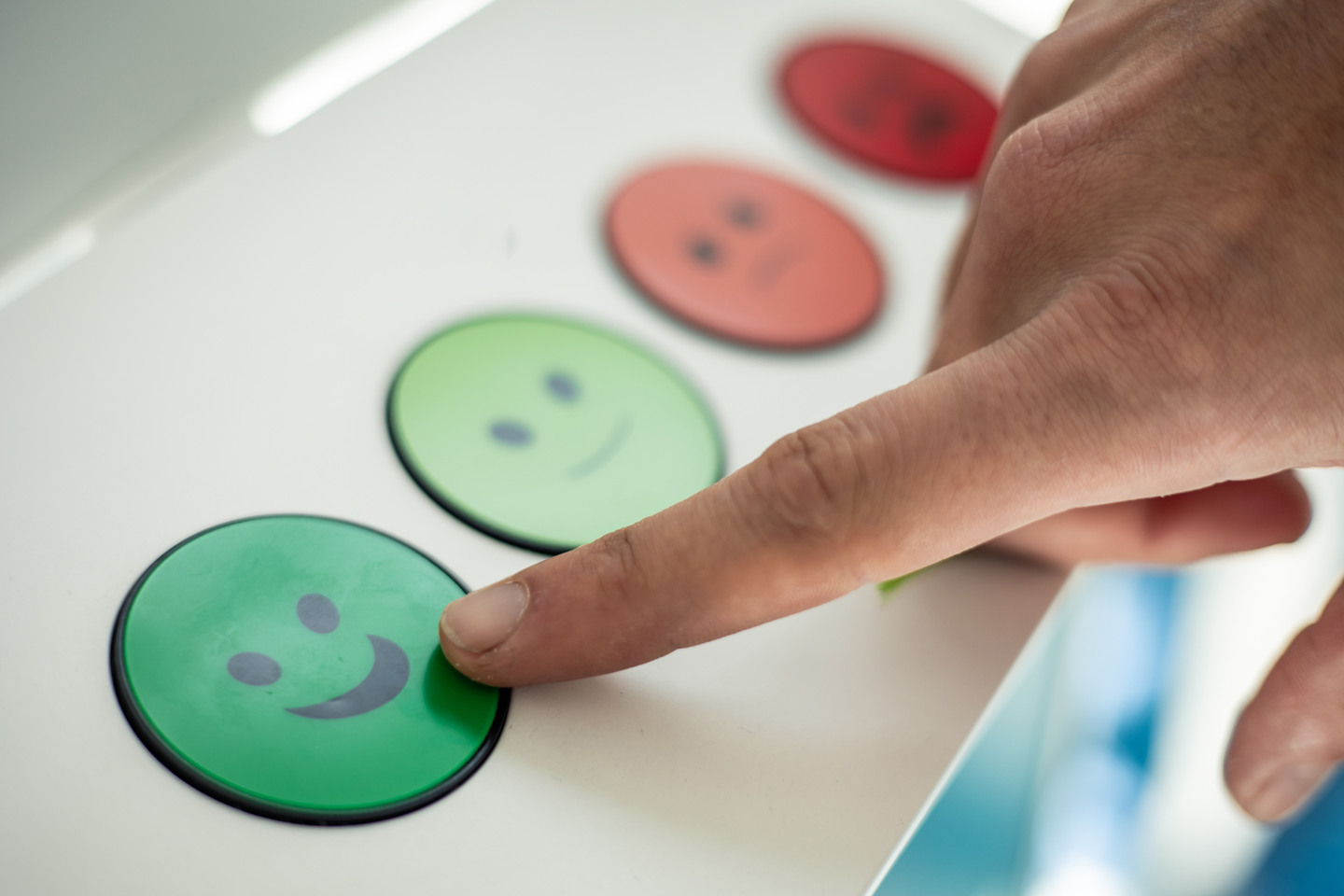

In the future of customer engagement, loyalty will no longer be measured by points collected or purchases repeated it will be anchored in emotion. Welcome to the emotional loyalty loop, where the most valuable asset isn’t customer data, but customer sentiment.
Transactional loyalty is fragile
Discounts and points can be easily matched or beaten by competitors.
Emotional loyalty is sticky
When customers feel seen, understood, and appreciated, they stay even if better deals exist elsewhere.
Neuromarketing insights
Studies show that emotionally engaged customers have a 306% higher lifetime value and are more likely to recommend the brand.
Recognition
Go beyond "Dear [Name]" tailor interactions based on tone, tenure, and past feedback.
Surprise & Delight
Micro-rewards and unexpected gestures (like a birthday upgrade or a handwritten thank-you) trigger dopamine loops.
Community Belonging
Build spaces (digital or physical) where users feel part of something bigger think Nike Run Club or Sephora Beauty Insider forums.
Purpose Alignment
Customers stay loyal to brands whose values match theirs sustainability, inclusivity, or innovation.
Sentiment Analysis Engines
AI decodes customer emails, chat tone, reviews, and social posts to understand mood.
Emotion-Aware Recommendations
Platforms suggest experiences or products based on emotional state (e.g., stress = wellness content).
Adaptive Loyalty Tiers
Not based just on spend, but also on advocacy, feedback quality, and community involvement.
Spotify Wrapped
It’s not a loyalty program, but it creates emotional resonance through personalized storytelling.
Delta Airlines
Recognizes frequent flyers not just with perks, but by empowering staff to go off-script for high-emotion moments.
LEGO VIP
Offers emotional currency like early access to beloved sets, fan events, and crowd-designed product voting.
Emotion-Triggered Rewards
AI detects frustration and instantly offers a make-good voucher.
Mood-Based Interfaces
Apps change UI elements (color, content, tone) based on detected user sentiment.
Narrative Progression
Gamify loyalty with evolving storylines you’re not just a shopper, you’re a character in the brand’s journey.
Privacy vs. Personalization
Emotion analysis needs clear consent and ethical safeguards.
Authenticity
Emotional gestures must feel genuine no algorithm can fake sincerity for long.
Over-Automation Risk
Not every feeling should be "solved" by AI sometimes silence or human touch matters.
In an age of AI, algorithms, and automation, emotional loyalty is the human moat. Brands that tap into feelings joy, trust, nostalgia, pride will forge bonds no point system can replicate. The future of loyalty isn’t just predictive it’s affective. In that future, loyalty is not what customers do it’s what they feel.

